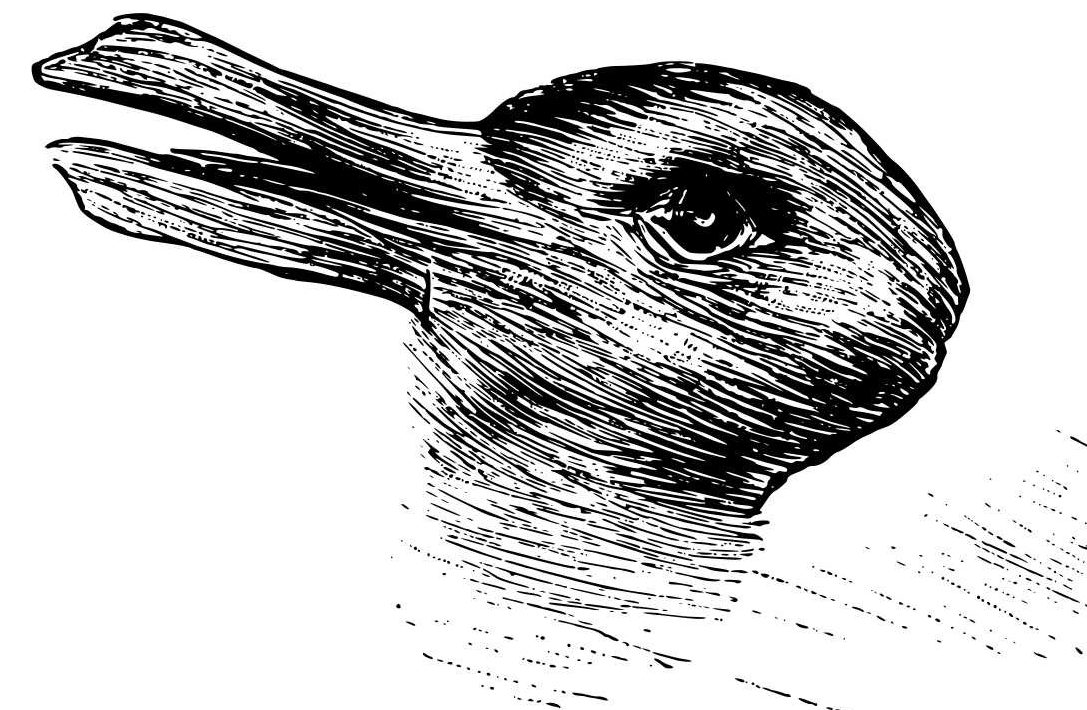Frame It Again by José Luis Bermúdez

The ambiguous duck-rabbit image, popularized by Ludwig Wittgenstein in his 1953 book Philosophical Investigations, shows just how fickle the human brain can be when confronted with external stimuli.
A viewer’s perception of the picture will depend on external factors such as age or time of year, as well as internal determinants such as an individual’s level of creativity: there is no single right way to see the image.
Academics and policymakers since the age of Adam Smith have studied human instinct in pursuit of efficiency, seeking to overcome or exploit our patterns of behavior. The rise of behavioral economics during the twentieth century brought with it a range of tools such as nudge theory, intended to “solve” the problem of normative deviation for the common good.
In Frame It Again, José Luis Bermúdez, a professor at Texas A&M University, argues the intellectual project of behavioral economics has gone too far, and that it is in fact perfectly rational for human beings to respond differently to the same event.
The way an event is framed, he says, is key to understanding the strategic choices of individuals in the moment. One of Bermúdez’ most persuasive points pertains to the Nash equilibrium — a concept central to game theory — and its potential inability to capture the multiplicity of scenarios in which games have more than one equilibrium.
The theory is blinkered, the author posits, because it cannot sufficiently explain why people often fail to follow the path prescribed by the rule. He shows how framing can lead a rational agent to have quasi-cyclical preferences. This is a phrase that refers to situations where a rational agent prefers A to B and B to C, even though said agent knows A and C is just the same thing being presented in a different way.
Bermúdez’ thesis is ambitious but also eminently practical. He frames highly contested issues such as climate change and gun control, and shows how an understanding of the context behind a rational actor’s decision will more often than not actually lead to a productive solution.
At a time when discourse within the political sphere and society at large is polarized and reductive, the academic shows that in fact, nuance is everything. He achieves this through graceful prose that is peppered with glancing cultural references.
Optical illusions like Wittgenstein’s duck-rabbit face might seem ephemeral, but they show us how flexible and creative the brain’s response to external stimuli can be, and allow us to access a capacity for problem solving and to search for policy solutions that previously may have been discounted.
FRAME IT AGAIN is published in hardback by Cambridge University Press, pp. 330, $24.95, October 2020.

Bo-Yi Lee is a PhD candidate at King’s Business School, King’s College London. Before joining academia, he worked as a congressional assistant and co-founded a social enterprise in Taiwan. His research interests include institutionalism, Asian business systems, and human resource management.